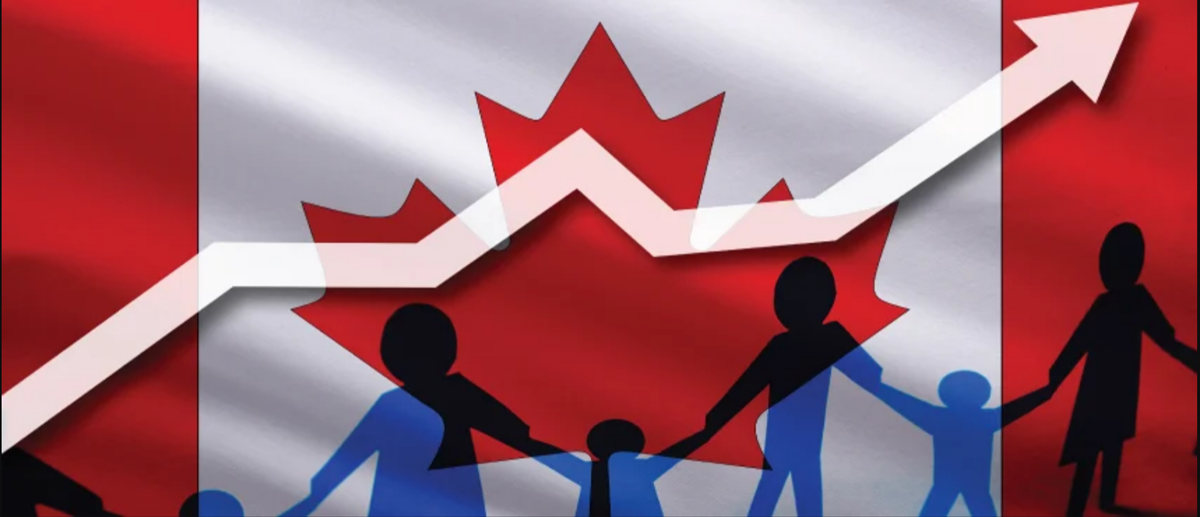Guide 5069 – Temporary Public Policy: Temporary Resident to Permanent Resident Pathway (TR to PR)
3. Proof of Language Proficiency
When you apply, you will need to prove that you meet or exceed the minimum language requirements for your stream.
You will need to submit a valid language test to prove your ability to apply for the TR to PR pathway.
Health care & Essential, non-health care:
The minimum language requirements are Canadian Language Benchmarks (CLB) or Niveaux de compétence linguistique canadiens (NCLC) Level 4 in
- reading
- writing
- speaking
- listening
You must submit your results from an approved language test with your application. These results must be less than 2 years old when you apply.
Recent international graduates from a Canadian institution:
The minimum language requirements are Canadian Language Benchmarks (CLB) or Niveaux de compétence linguistique canadiens (NCLC) Level 5 in
- reading
- writing
- speaking
- listening
You must submit your results from an approved language test with your application. These results must be less than 2 years old when you apply.
Stream-specific supporting documents
The following supporting documentation must be provided based on the stream to which you are applying:
Workers in-Canada: Stream A (healthcare) and Stream B (essential non-healthcare)
You need to prove that you have qualifying work experience to apply under this pathway. Before you apply, check that you can apply based on the work experience needed for your stream.
You must provide the following to prove your work experience:
- A copy of your work permit in Canada (if applicable), and
- Employer reference letters for the periods of work experience identified in your application. The letters must include:
- location of work
- specific period of your employment (to/from dates)
- description of your main responsibilities and duties
- your total annual salary and benefits
- the number of hours you worked per week
- your employer’s name, signature, full address, telephone number and email address (if applicable)
You must also include:
- Copies of your T4 tax information slips and your Notice of Assessment (if applicable); or
- Work contracts; or
- Pay stubs
International Graduates
Proof of completed study in Canada
You need to prove that you have graduated from an eligible institution and earned an eligible credential. Before you apply, check that you can apply based on the graduation requirements for your stream.
- You must provide:
- A final transcript, and
- A letter from the institution and/or the formal notice of graduation
- You must provide proof that shows:
- The type of credential granted (degree, diploma, certificate, or attestation)
- The length (in weeks, months, or years) of the program of study,
- That you were authorized to study for the duration of studies,
- the date of completion;
- the name of the school that granted the degree, diploma, certificate, or attestation.
Note: You do not need to have a PGWP in order to qualify for this stream. Your DLI however, must be eligible for a PGWP.
Important information: If you do not provide all the requested information and the documents from the checklist, your application may be refused.
Translation of documents
If one of your documents is in a language other than English or French, you must also upload
- an English or French translation that’s either:
- stamped by a certified translator
- The translator should photocopy your original document and stamp it if that’s what they based the translation on.
- All stamps and seals that aren’t in English or French must also be translated. You can include a scanned copy of a letter explaining that you don’t need an affidavit because you used a certified translator.
- or
- accompanied by an affidavit from the person who completed the translation
- Use this option only if a translation cannot be completed by a certified translator.
- Both the translated document and the original document the translator worked from must be referred to in the affidavit.
- stamped by a certified translator
- a scan of the original document, or a scan of a certified photocopy of the original document that the translator worked from
- You only need to provide a scan of a certified photocopy of the original document if the translation was based on the certified photocopy.
Certified translator: A member in good standing of a provincial or territorial organization of translators and interpreters in Canada.
Affidavit: A document becomes an affidavit when a person signs the document, in the presence of an authorized person, after taking an oath that what the document says is true and accurate. An affidavit is often used in order to verify that a translation of a document accurately reflects what is stated in the original language of the document.
Certified photocopy: A photocopy of an original document. It must be readable and certified as a true copy of the original by an authorized person. The person compares the documents and marks on the photocopy:
- their name and signature
- their position or title
- the name of the original document
- the date they certified the document
- the phrase “I certify that this is a true copy of the original document.”
In Canada, examples of authorized persons who can certify the copies of your original documents include:
- notary public
- commissioner of oaths, or
- commissioner of taking affidavits
Check with your provincial or territorial authorities to be sure who can certify your documents.




